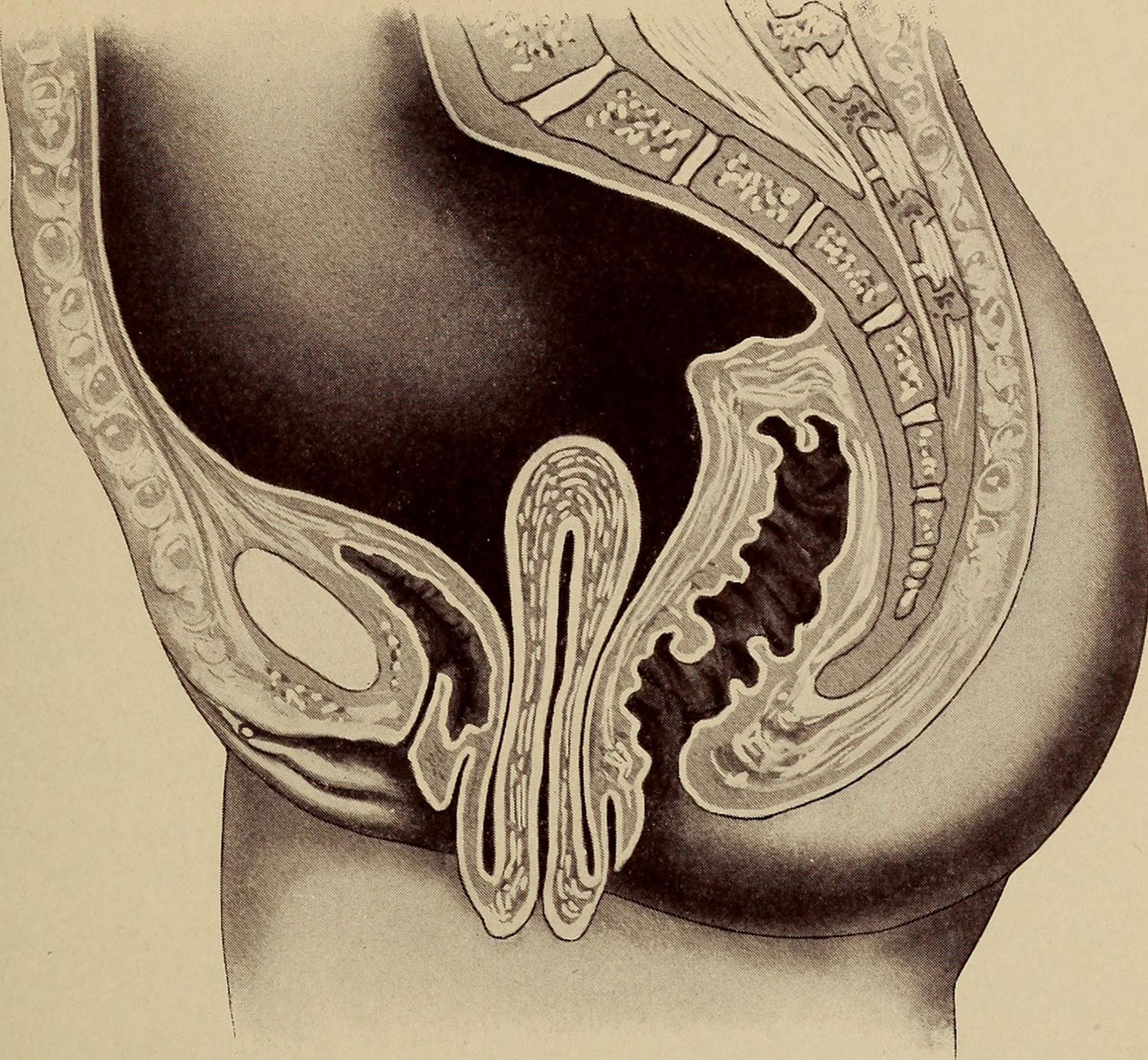
Bladder prolapse is an unpleasant condition that typically affects women. It in majority of cases affects women after vaginal childbirth. However, bladder prolapse is also possible in women who have never had children. The condition results from the weakening of the muscles of the pelvic floor that normally support pelvic organs. They slightly separate and allow the bladder to descend. These muscles are most commonly damaged during childbirth although the condition may be associated with repeated straining in bowel movement and induced by repeated lifting of heavy objects.
Presentation of Bladder Prolapse
One of the most prominent symptoms of bladder prolapse is a discomfort during urination. A woman may also complain about vaginal pressure. The condition can cause such placement of the bladder that there are two possibilities. The person is either unable to completely empty the bladder or she is suffering from urinary incontinence. In some cases prolapsed bladder falls into the urethral opening. Urinary incontinence is in mild cases induced by coughing, sneezing, laughing or straining while in progressive stage the urine leaks spontaneously. Apart from the previously mentioned bladder prolapse features with bladder pain, vaginal bulge, lower back pain and pain during intercourse.
Bladder prolapse can be classified into three grades. In grade 1 the prolapse is mild and only a small section of the bladder protrudes into the vagina. Grade 2 features with herniation of the bladder and the organ stretches to the vaginal opening. And finally, in grade 3 of bladder prolapse the bladder noticeably protrudes from the vaginal opening.
Diagnosing Bladder Prolapse
The condition is most frequent among older women, those who are entering or have already entered menopause. In such women the production of estrogen hormone drastically reduces and this subsequently leads to weakening of the pelvic floor muscles. Bladder prolapse is confirmed with the assistance of a patient's medical history, physical examination and additional tests such as void cystourethrogram.
Treatment for Bladder Prolapse
Grade 1 bladder prolapse is treated conservatively. Such patients are strictly forbidden to strain pelvic floor muscles and perform activities such as heavy lifting. Grade 2 and 3 may be also treated conservatively but better effects are achieved with surgical corrections. The most convenient treatment is chosen after several factors are taken into consideration. They include the severity of the condition, patient's age, comorbidities and a patient's general health.
Non-surgical treatments for bladder prolapse are pessaries, hormone replacement therapy (HRT) and pelvic strengthening exercises. Surgical correction is performed either as open surgery or laparoscopic surgery. Surgery for bladder prolapse successfully eliminates all the symptoms associated with the condition.




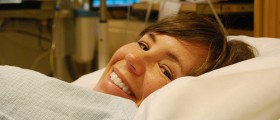




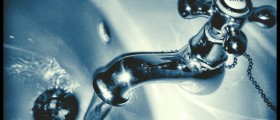




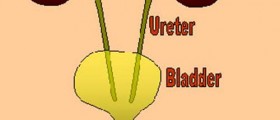
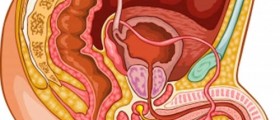

Your thoughts on this
Loading...